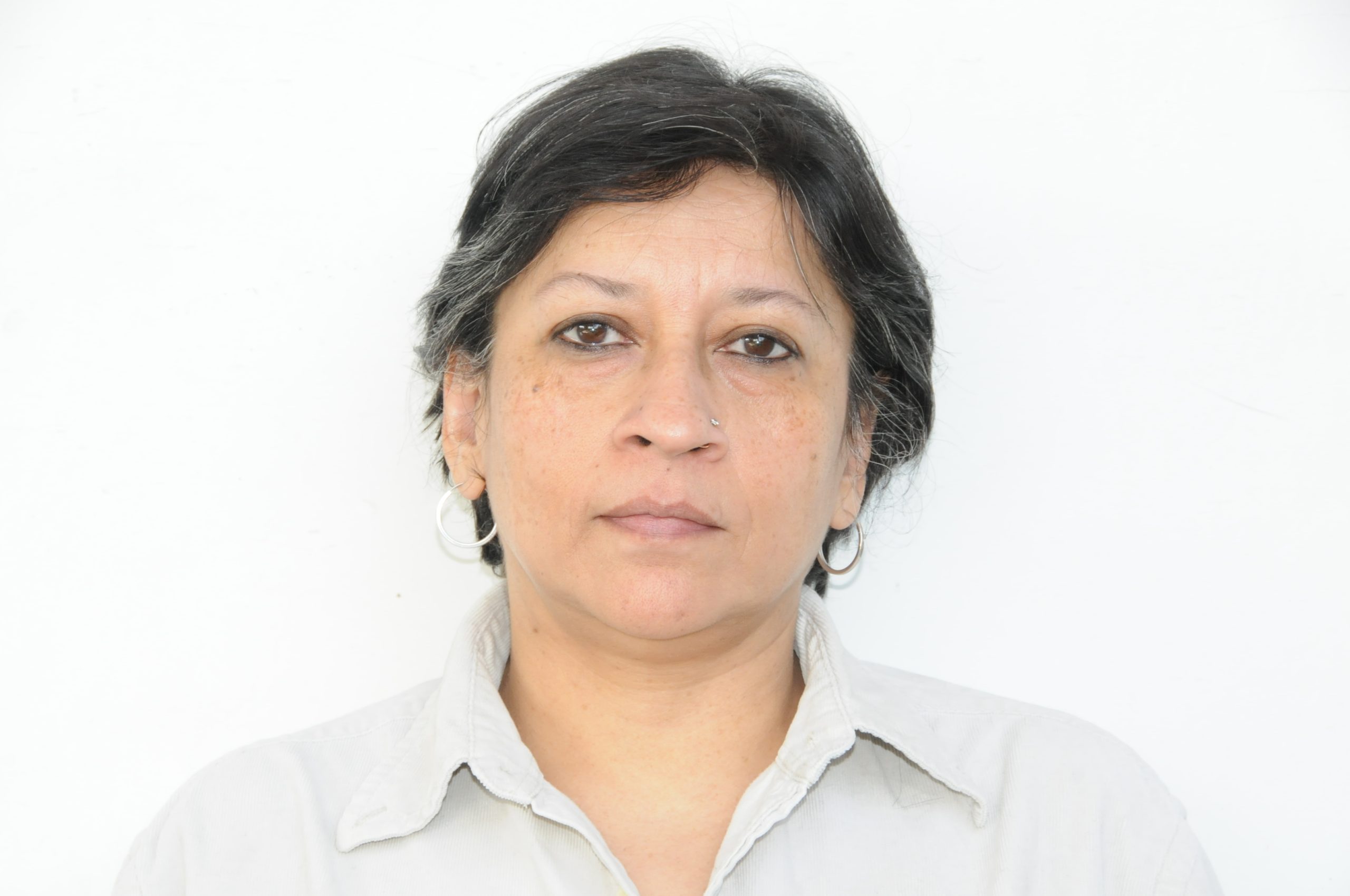CPEC in Pakistan’s Quest for Energy Security
In May 2017, some 1,200 delegates from 110 countries, including 29 visiting heads of state and government leaders, gathered in Beijing for China’s biggest diplomatic event, which was held to showcase the Belt and Road Initiative’s (BRI) achievements to date, as well as draft some new ideas. The forum also formalised the US$50 billion China–Pakistan Economic Corridor (CPEC), a flagship project of the BRI, projecting it as a game-changer for Pakistan’s economy. Pakistani officials have stated that once the projects are launched, it could see Pakistan’s flagging economy, burdened with a debt that constituted 66.5 per cent of its GDP in 2016, grow at 6–7 per cent per annum from the current 5.3 per cent. But more importantly, that energy plays a central role in the CPEC project is evident from the fact that out of a total fund allocation of around US$50 billion, US$35 billion has been allocated for energy projects. This is hardly surprising, given that Pakistan faced more than 40 per cent gap in electricity demand and generation. While demand during the peak summer months is around 24,000 MW, power generation is less than 1,600 MW, with some regions suffering from 20–22 hours of power cuts every day.









